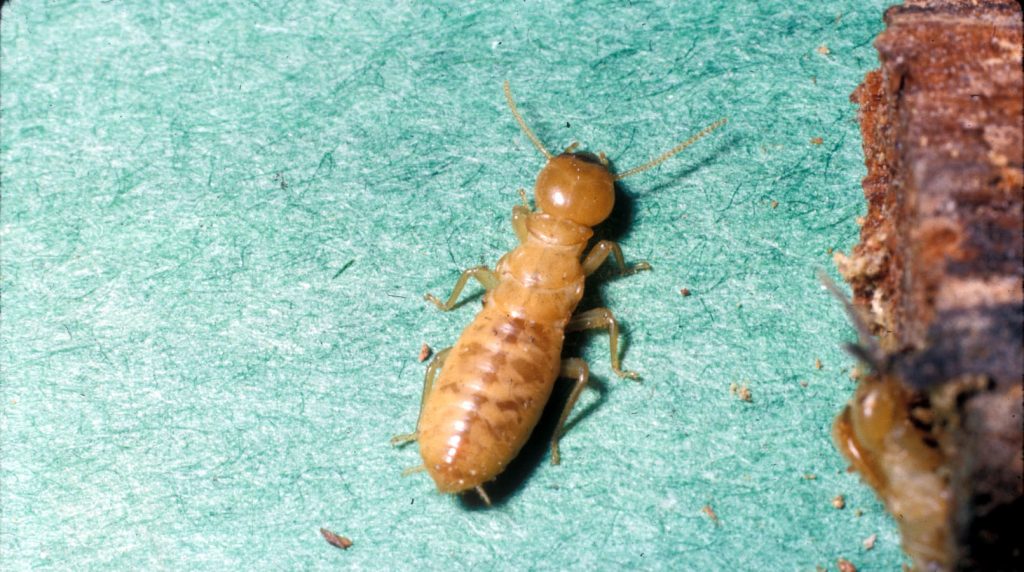Termites are a common sight in many parts of the world, but they can also be found in Washington. In this article, we will explore the different types of termites found in Washington, how to identify them, and how to protect your home from a potential infestation. We’ll also discuss the importance of calling in a professional if you suspect a termite problem. Read on to learn more about discovering termites in Washington.
Types of Termites in Washington
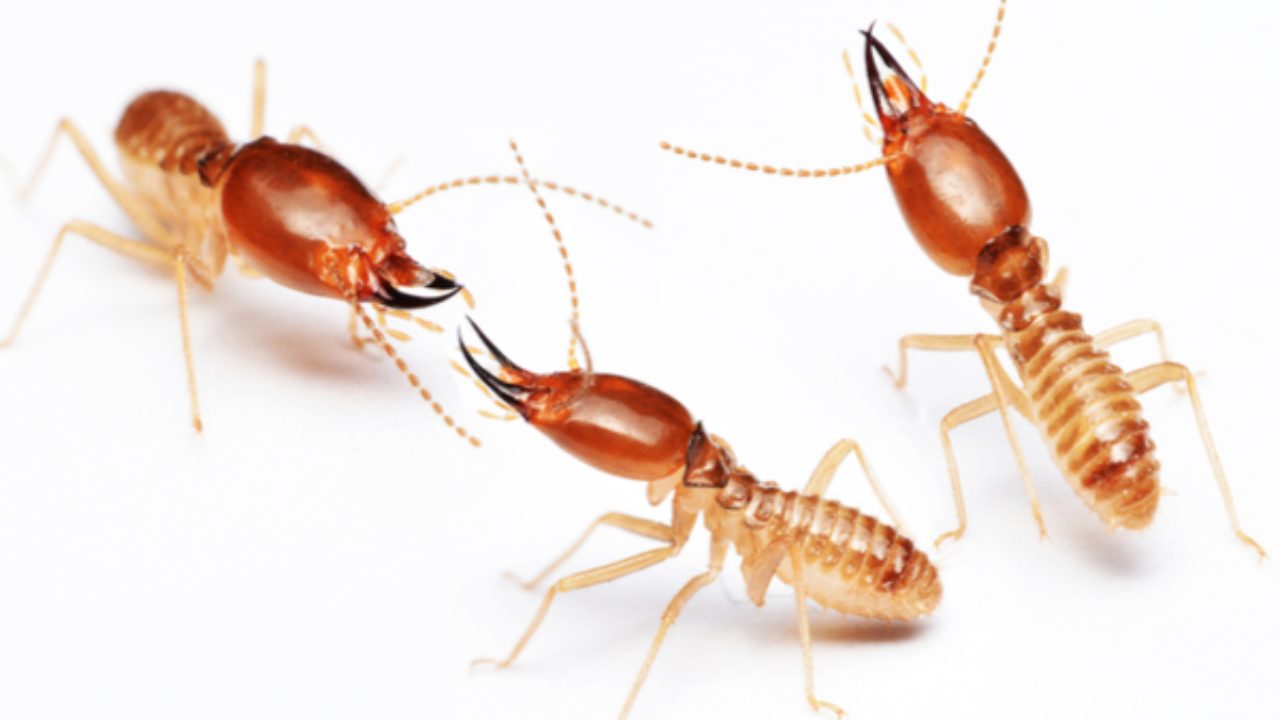
- Drywood Termites
- Dampwood Termites
- Subterranean Termites
Drywood termites are native to Washington and can be found in attic spaces, furniture and window frames. They may also be found in mouldings, hardwood floors and other wood structures. They are small, pale-coloured insects, approximately 5mm in length. They feed on wood and other cellulose material and form colonies in dry wood.
Dampwood termites are found in moist, decaying wood and they feed on both living and dead wood. They are larger than drywood termites and are usually dark-coloured. They often form colonies in tree stumps, decks, beams and other moist wood structures.
Subterranean termites are the most common termites in Washington, and they are found in damp, underground environments. They have pale yellow-brown bodies and are about 2mm in length. Subterranean termites feed on wood and other cellulose material and form colonies in damp soil. They often enter homes through cracks in foundations or walls.
Signs of Termites in Washington
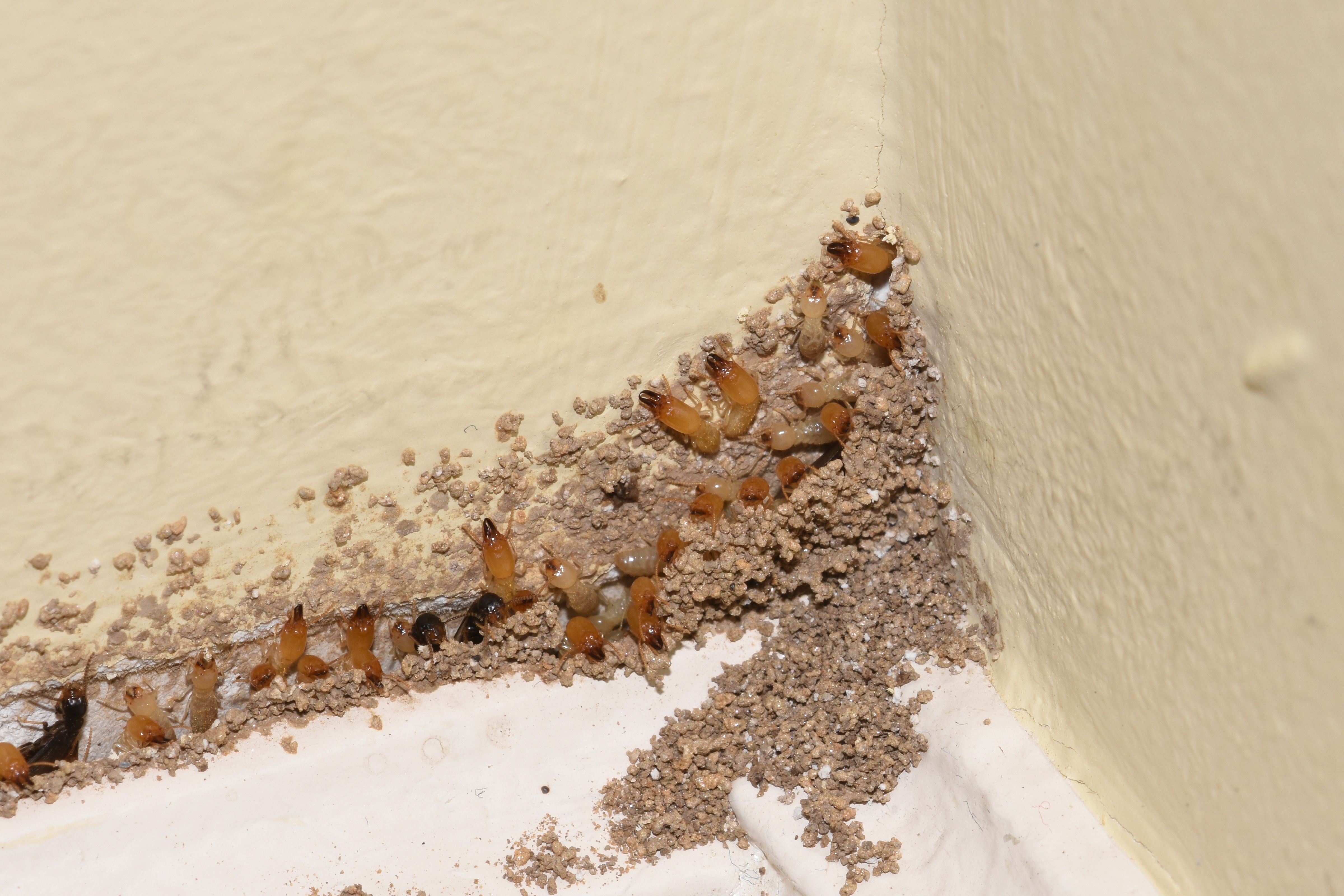
| Signs of Drywood Termites | Signs of Subterranean Termites | |
|---|---|---|
| Wood Damage | Small, pinpoint holes in wood | Blistered or hollowed out wood |
| Mud Tubes | None | Tunnels in walls or foundations |
| Droppings | Accumulations of wood-colored pellets | Small, six-sided pellets |
| Swarmers | Winged alates present in large numbers | Winged alates present in small numbers |
Termite colonies can cause extensive damage to homes in Washington. It is important to identify the signs of termite infestation early on in order to prevent further damage. The two types of termites found in Washington are drywood and subterranean termites. Drywood termites typically live in dry wood, like that found in attics and furniture. Subterranean termites live in the soil and travel through mud tubes to access food sources.
Common signs of termite infestation include wood damage, mud tubes, droppings, and swarmers. Wood damage from drywood termites often appears as small, pinpoint holes in the wood, while subterranean termite damage is usually blistered or hollowed out. Mud tubes created by subterranean termites are usually found on walls or foundations. Droppings from drywood termites are often accumulations of wood-colored pellets, while subterranean termites produce small, six-sided pellets. When a termite colony is mature, it will produce winged alates, or swarmers. Drywood termites often appear in large numbers, while subterranean termites are usually present in small numbers.
If you suspect a termite infestation in your home, it is important to contact a professional immediately. A licensed pest control technician can assess the damage and recommend the best treatment plan to rid your home of termites.
How to Prevent Termites in Washington
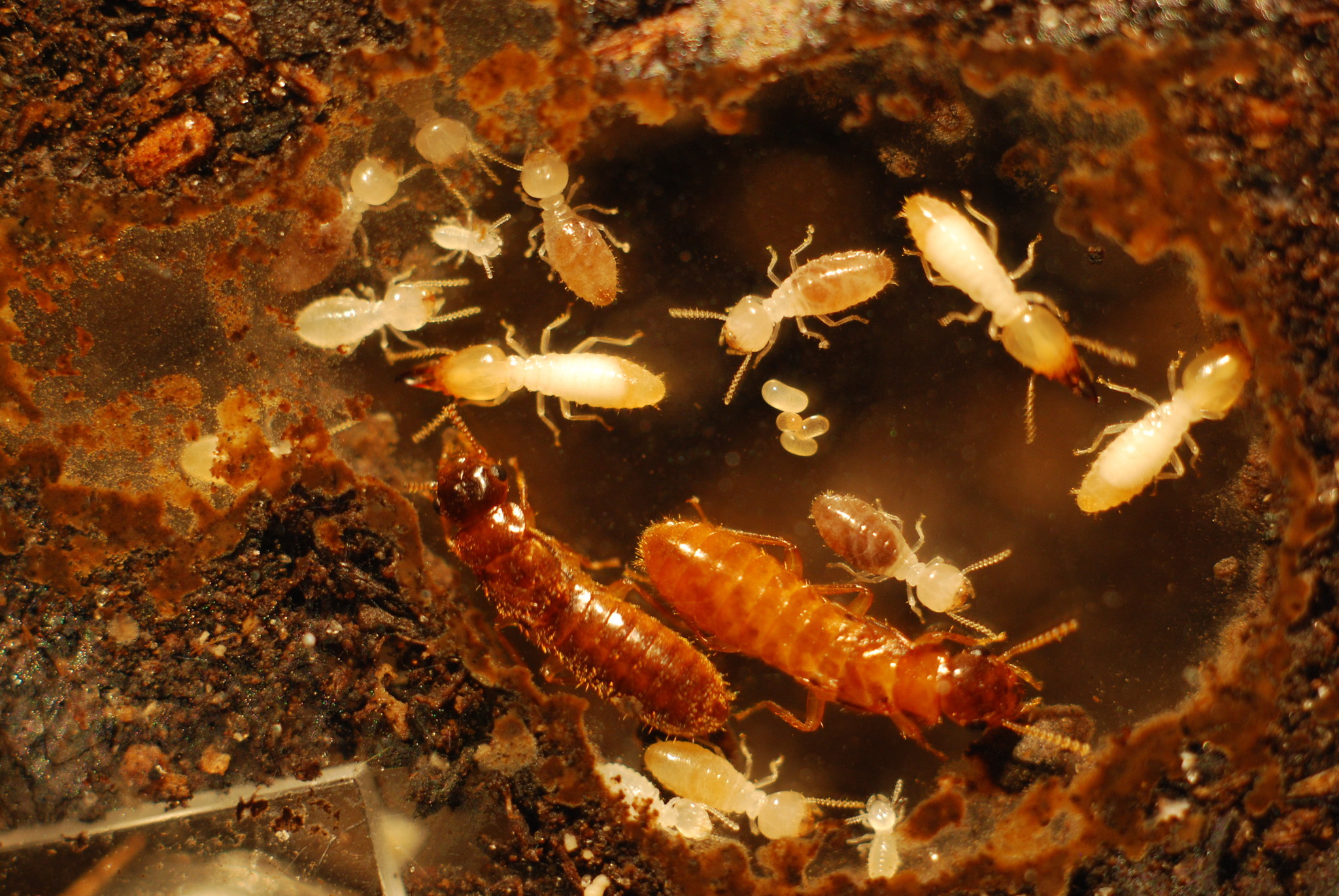
- Inspect your home regularly for any signs of termites.
- Reduce moisture in and around your home. Fix any leaky faucets, water pipes, and air conditioning units.
- Remove any unnecessary wood that is near the foundation of your home, such as firewood, stumps, and tree branches.
- Replace any wood that has been damaged by termites with treated wood.
- Inspect and maintain any wooden structures, like fences and decks, for signs of termite damage.
- Seal any cracks and openings around your foundation, doors, and windows.
- Install a termite shield around your home.
- Have your home inspected by a licensed pest control professional on a regular basis.
- Apply a termiticide to the soil around the foundation of your home.
How to Identify Termites in Washington
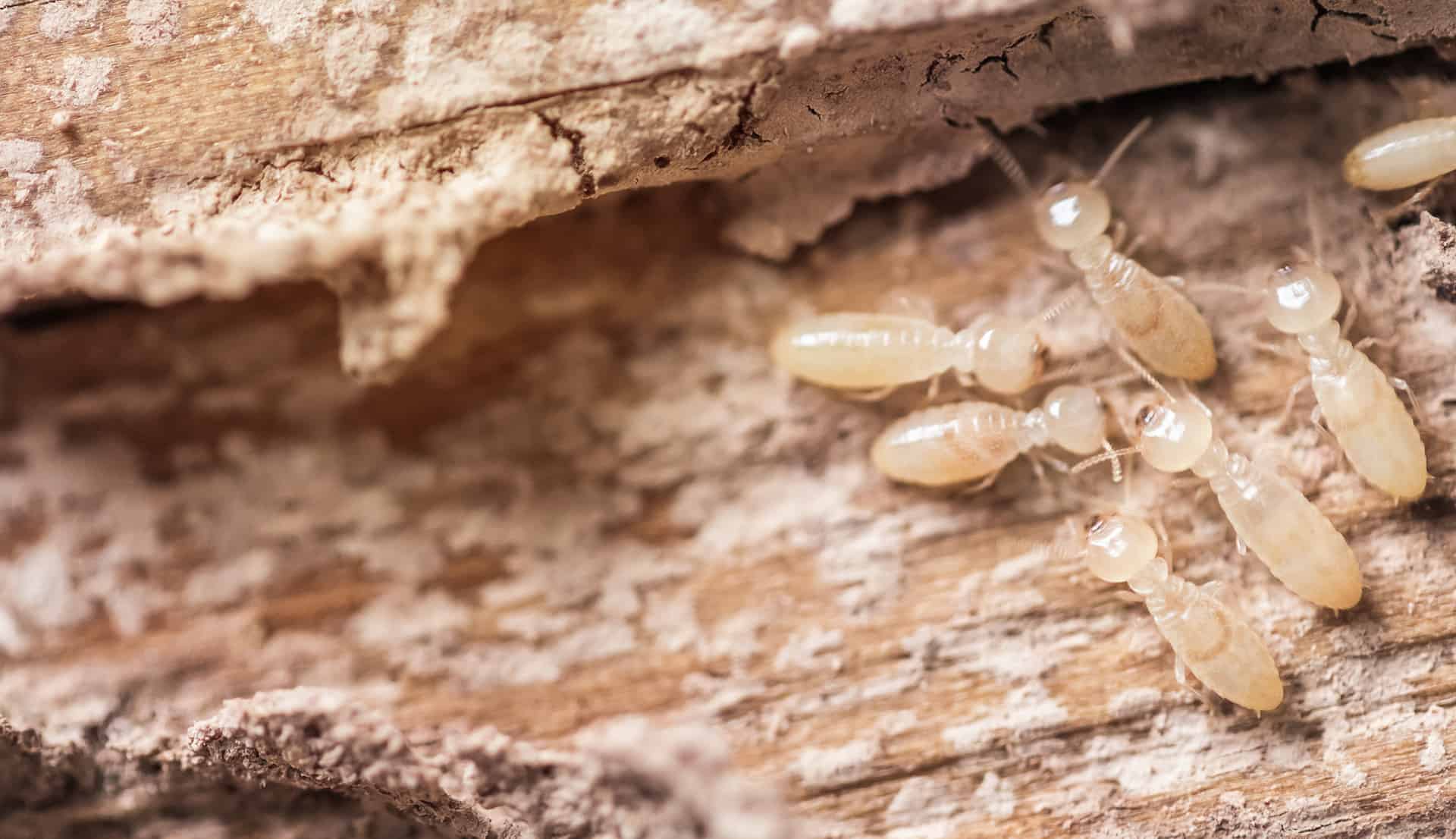
| Signs | Description |
|---|---|
| Mud Tubes | Termites build mud tubes to travel between their nests and food sources. These tubes are made from soil and other materials, and can usually be found near the foundation of a building. |
| Discarded Wings | After termites swarm, they shed their wings. Swarms usually occur during the spring and summer months. Finding a pile of discarded wings near a window or other opening is a sign of a termite infestation. |
| Damaged Wood | Termites will eat away at wood, leaving the surface bumpy and discolored. If you find wood that looks like it’s been damaged by an insect, it’s likely a sign of a termite infestation. |
| Hollowed Wood | Termites will hollow out wood, leaving it with a thin outer layer. If you tap on wood and it sounds hollow, it’s likely a sign of a termite infestation. |
| Live Termites | If you see live termites, it’s a sure sign of an infestation. Termites are most active during the spring and summer. They often swarm around windows and other openings in the home. |
If you find any of the above signs in your home, it’s important to contact a pest control professional as soon as possible to inspect your home and determine the extent of the infestation.
Treatment for Termites in Washington
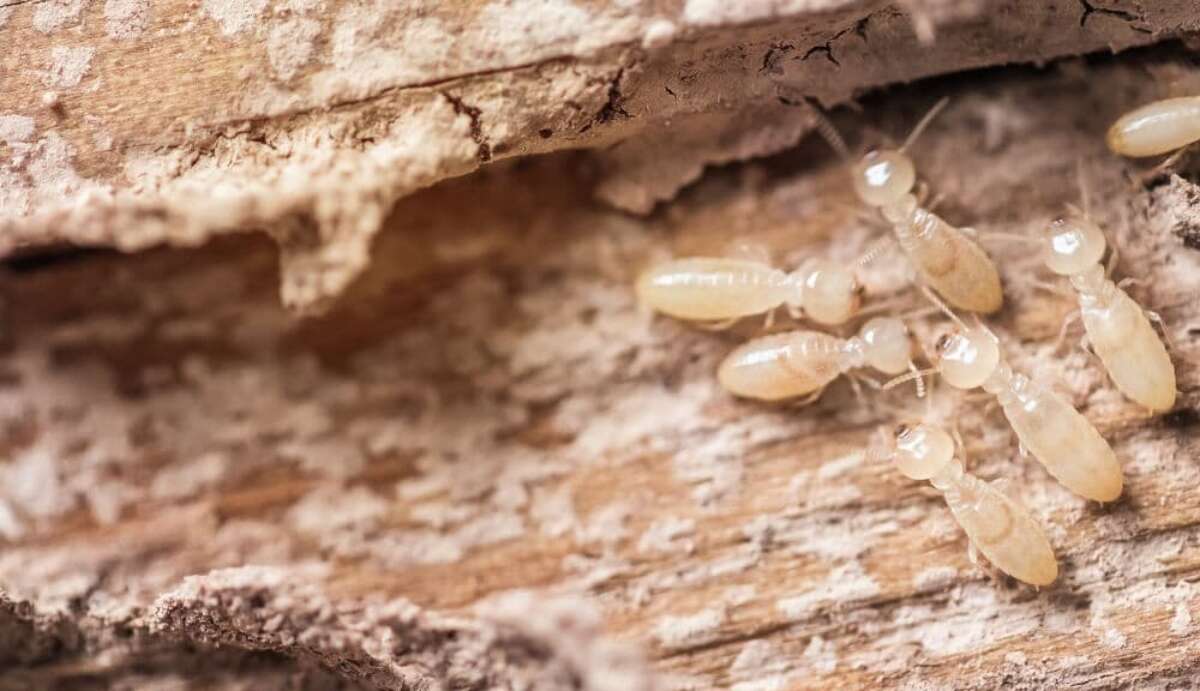
- Inspect and identify the type of termite infestation you have.
- Treat the infested area with a termite insecticide.
- Use baits to control the termite population. These baits contain slow-acting chemicals that are designed to spread throughout the termite colony.
- Apply a termiticide to create a barrier around the outside of your home. This will prevent any termites that may be living in the ground from entering your home.
- Hire a professional pest control company to treat the termite infestation. They can provide a more thorough treatment and may use specialized treatments such as fumigation.
Cost of Treating Termites in Washington
- For treatment of a small infestation of termites, the cost can vary from $500 to $1,500.
- For a medium-sized infestation, the cost increases to $1,500 to $2,500.
- For a large infestation, the cost can be as high as $3,000 to $5,000.
- For a complete treatment of termites, the cost is usually around $4,000 to $12,000.
- The cost of treating subterranean termites can range from $2,000 to $6,000.
- For drywood termites, the cost can range from $1,000 to $4,000.
- The cost of treating Formosan termites can range from $2,500 to $8,000.
- These costs are estimates and can vary based on the size of the infestation and the type of termite.
When to Call a Professional for Treating Termites in Washington
- If you notice signs of swarming (termites flying near windows or doors).
- If there are visible signs of termite damage – mud tubes, wood damage, etc.
- If you suspect termites are present in your home or business.
- If you have had a previous termite infestation and want to be proactive in preventing another.
- If you are purchasing or selling a property and want to make sure it is free of termites.
Frequently Asked Questions
What are the signs of termites in Washington?
Termites in Washington can cause extensive damage to homes and buildings. Signs of termite infestation include wood that sounds hollow when tapped, mud tubes on walls and around foundations, small piles of sawdust or wings near windows and doors, and swarms of flying insects. Other signs of termite activity are small holes in wood, cracked paint or bubbling wallpaper, and sagging or warped floors. If any of these signs are observed, it is important to contact a pest control professional to assess the infestation and recommend a course of action.
How do termites affect properties in Washington State?
Termites can cause extensive damage to homes and other structures in Washington State. They feed on wood and other cellulose-based materials, such as paper or cardboard, which can lead to structural damage if left unchecked. In addition, termites can also cause damage to insulation, carpets, and other materials in and around homes. Furthermore, they can cause health problems such as allergies and asthma, due to the dust and mold that often accompany infestations. Homeowners should have their properties inspected regularly to ensure that termites are not causing any damage.
Are there certain species of termites that are more common in the Pacific Northwest?
Yes, the Pacific Northwest is home to two of the most common termite species in the United States: the western drywood termite (Incisitermes minor) and the dampwood termite (Zootermopsis angusticollis). Drywood termites are known to infest dry, undecayed wood, while dampwood termites prefer wood with high moisture content. Both species are found in Washington State, primarily in the western part of the state.
Are there any preventative measures I can take to protect my Seattle home from termites?
Regularly inspecting your property, both inside and out, is the best way to keep termites away. Keep an eye out for mud tubes, which are a telltale sign of a termite infestation. Additionally, make sure to keep vegetation and debris away from the sides of your home and make sure to properly seal any cracks or crevices in your home’s foundation. To further protect your home, you can install a chemical barrier around the foundation. This will create a barrier that will prevent termites from entering your home.
What should I do if I find termites in my home?
If you have found termites in your home, you should contact a licensed pest control professional immediately. Pest control professionals are trained to identify and treat termite infestations and can provide you with advice on the best course of action. If left untreated, termites can cause significant damage to your home, so it is important to take action as soon as possible.
Conclusion
Termites can cause costly damage to homes and buildings in Washington. To prevent an infestation, homeowners should inspect their homes for potential signs of termites and take preventive measures. Professional pest control services should be contacted if an infestation is suspected. Taking preventative steps can help protect homes from costly damage and repair costs.

